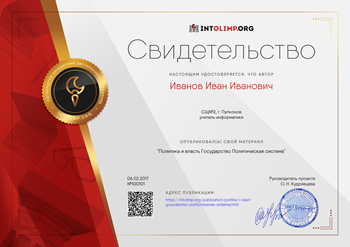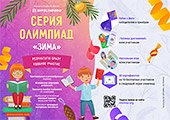
Food and drink Nice
| Long-term plan unit: Food and drink | ||||||||||||||||
| Grade:1 | ||||||||||||||||
| Theme of the lesson: Nice or nasty | ||||||||||||||||
| Learning objectives that this lesson is contributing to | 1. S3 pronounce basic words and expressions intelligibly 1. L2 recognise with considerable support a few basic personal questions spoken slowly and distinctly 1. S1 make basic personal statements and simple statements about objects | |||||||||||||||
| Lesson objectives | Learners will be able to: name fruits and vegetables ask and answer question Do you like …? Yes, I do/No, I don’t ask and answer question What is your favourite … ? My favourite … give some information about them using covered grammatical structures and describe object. | |||||||||||||||
| Success criteria | Student achieved the LO (S1) if he: | |||||||||||||||
| Value links | Educationthroughout life | |||||||||||||||
| Cross curricular links | The world around us, literature, folklore | |||||||||||||||
| ICT skills | Using SMART board, pictures and videos, working with URLs | |||||||||||||||
| Previous learning | Vocabulary relating to food and animals and present simple structures [positive and negative] and short form answers. | |||||||||||||||
| Plan | ||||||||||||||||
| Planned timings | Planned activities | Resources | ||||||||||||||
| Beginning 10 min | ORGANIZATIONAL MOMENT
WARM UP ACTIVITY Clap your hands when you hear the name of drink, stamp your foot when you hear the name of fruit, shake your head when you hear the name of vegetable.
| Cards “Days of the week” Weather pictures | ||||||||||||||
| Middle 25 min |
PHYSICAL TRAINING Teacher shows a video “Move left!”, students repeat the actions. CREATING A POEM Teacher: - Now let’s create a poem about your favourite fruit. Look at the blackboard here is the example. Your task is to change the name of fruits to your favourite one. E.g. Strawberries are red, blueberries are blue, fruits are sweet, and so are you! Student’s task: …. are … … are … Fruits are sweet, And so me! MEMORY GAME (FA) Teacher shows pictures of fruits, vegetables etc. from covered material for 1 minute after that teacher takes away pictures and students try to name pictures in order. The more they name the better. | Plastic fruits Directions songs for kids PPP | ||||||||||||||
| End 5 min | REFLECTION Teacher gives comments about students’ work and awards students with motivating stickers. Every student has their cards on the table (green, yellow, red). Leaving the class, students should leave to the box one of them: Green - I am satisfied with the lesson, the lesson was helpful to me, I worked a lot and I got deserved mark, I understood everything that was said in class. Yellow - The lesson was fun, I took an active part in the lesson, the lesson was to a certain extent useful to me, I replied from the place, I was able to perform a number of tasks; I was quite comfortable in the classroom. Red – I didn’t get any useful information for me, I didn’t really understand what was going on, I do not really need that information, I won’t do my homework, I wasn’t ready to answer | |||||||||||||||
| Additional information | ||||||||||||||||
| Differentiation – how do you plan to give more support? How do you plan to challenge the more able learners? | Assessment – how are you planning to check learners’ learning? | Health and safety check ICT links | ||||||||||||||
| more support can be given during elicitation, instruction and questioning phases of the lesson by nominating learners to answer items relating to more high frequency vocabulary to build confidence through participation. | through questioning and the redirecting of questioning in feedback activities | - Usewaterbasedmarkers - Work with the SMART board not more than 10 minutes. Make short breaks. - Ensure proper ventilation - Monitor classroom space when sts start moving around - Check sockets’ safety | ||||||||||||||
| Reflection Were the lesson objectives/learning objectives realistic? Did all learners achieve the LO? If not, why? Did my planned differentiation work well? Did I stick to timings? What changes did I make from my plan and why? | ||||||||||||||||
| Summary evaluation What two things went really well (consider both teaching and learning)? 1: 2: What two things would have improved the lesson (consider both teaching and learning)? 1: 2: What have I learned from this lesson about the class or achievements/difficulties of individuals that will inform my next lesson? | ||||||||||||||||
Получите свидетельство о публикации сразу после загрузки работы

Получите бесплатно свидетельство о публикации сразу после добавления разработки
Вебинары для учителей
Бесплатное участие и возможность получить свидетельство об участии в вебинаре.
Подробнее


 Teach structures “What is your favourite …?” and “My favourite … is ~”
Teach structures “What is your favourite …?” and “My favourite … is ~”


